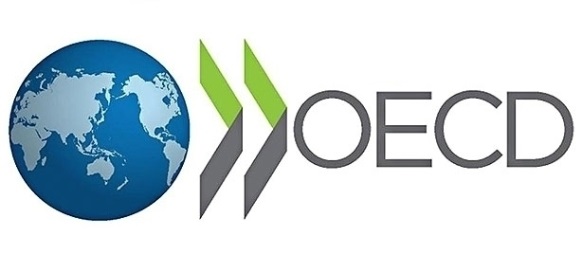Mutual Agreement procedure – OECD Recommendation on Stage 2 Peer Review Reports regarding time limit
The Double Taxation Avoidance Agreement (DTAA), inter alia, provide rules and mechanisms for allocation of taxing rights amongst the treaty partners; avoidance of economic and juridical double taxation; and resolution of taxation not in accordance with the treaty through the Mutual Agreement Procedure (‘MAP’).
MAP is an inbuilt and alternate tax dispute resolution mechanism available to the taxpayers under the DTAAs. It is an additional dispute resolution mechanism provided by Article 25 of both Organization for Economic Cooperation (‘OECD’) and United Nations (‘UN’) model tax convention wherein a taxpayer can request for assistance under MAP regardless of the remedies provided under the domestic laws of treaty partners.

These DTAAs constitute the legal basis for taxpayer to apply for a MAP and for Competent Authority (‘CA’) to discuss and negotiate a MAP case with the endeavor of finding a resolution to the dispute. In most of the DTAAs of India, the time limit for making an application for MAP is three years from the first notification of the action giving rise to such taxation.
MAP Peer Review Report, India (Stage 1)
The peer review process is conducted in two stages. Stage 1 assesses countries against the terms of reference of the minimum standard according to an agreed schedule of review. Stage 2 focuses on monitoring the follow-up of any recommendations resulting from jurisdictions’ stage 1 peer review report.
As per the sixth round of Stage 1 Peer Review Reports released on October 24, 2019 by OECD, the average time to close MAP cases from 1st January, 2016 to 31st December, 2017 was 35.66 months which was more than the desired time frame of 24 months.
Later, Indian government made certain amendments in the Income Tax Rules, 1962 (“Rules”) to address the recommendations of stage 1 Peer Review Reports. Resultantly, Rule 44H was omitted by CBDT and the provisions of Rule 44H were consolidated in Rule 44G along with further elaborating the provisions of Rule 44G. Pursuant to the said amendment, average time limit of 24 months to achieve the MAP resolution was incorporated in Rule 44G.

MAP Peer Review Report, India (Stage 2)
On July 26, 2021, OECD released stage 2 Peer Review Reports for 8 jurisdictions including India which states that during the period of 2016-2019, India’s CA did not close MAP cases on average within a timeframe of 24 months and the average time taken was 34.44 months. This includes both types of cases, the average time for attribution/ allocation cases was 34.32 months and for other MAP cases it was 36.13 months.
Recommendation in stage 2 for handling MAP cases
India has taken several steps to resolve cases in a timely manner, such as addition of resources and to train staff in charge of MAP but still it has not achieved the specified time frame. Considering this, the stage 2 Peer Review Reports have recommended to devote additional resources to its competent authority to handle MAP cases in a timely, efficient and effective manner.
Comments
Rule 44G of the Rules specifies that the CA in India shall endeavour to arrive at a mutually agreeable resolution within an average time period of 24 months. However, Guidance note issued by CBDT on August 07, 2020 clarified the 24 months as “India is committed to endeavour to resolve MAP cases within an average timeframe of 24 months. It may be clearly understood that the commitment is not to resolve MAP cases within that timeframe (it may not be possible for both CAs to agree on a resolution in all cases) but endeavour to do so.
Refrences:-
Making Dispute Resolution More Effective – MAP Peer Review Report, India (Stage 1)
Making Dispute Resolution More Effective – MAP Peer Review Report, India (Stage 2)
CBDT Mutual Agreement Procedure (MAP) Guidance dated 7th August, 2020





